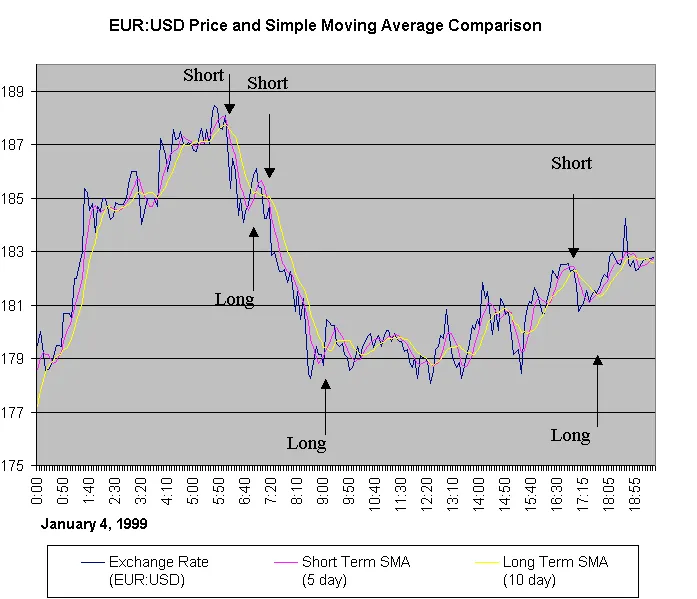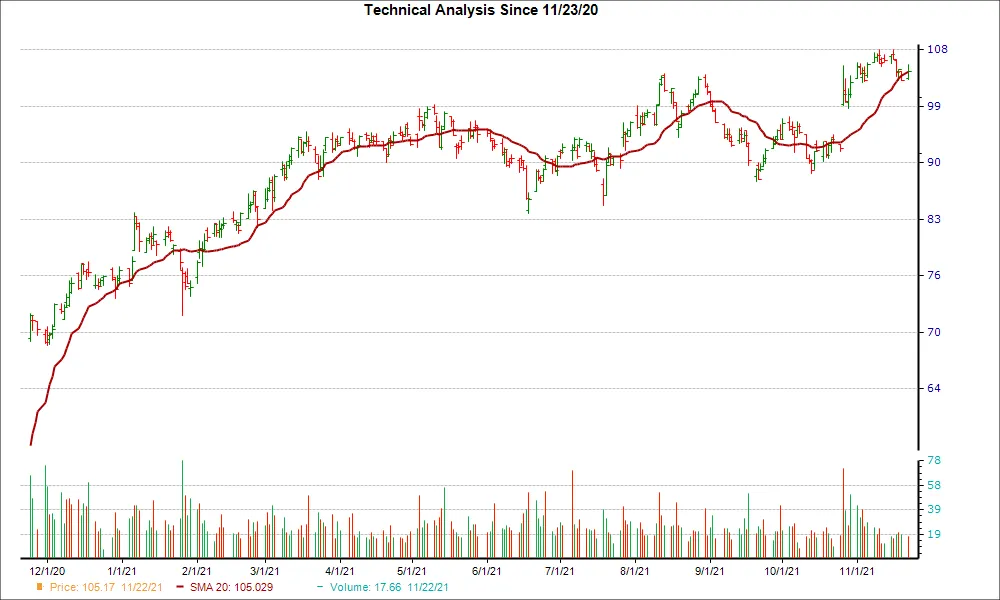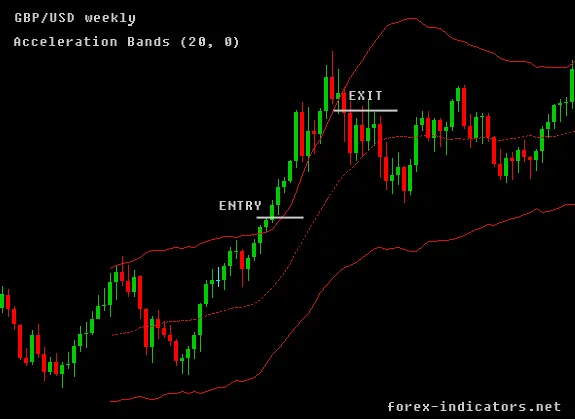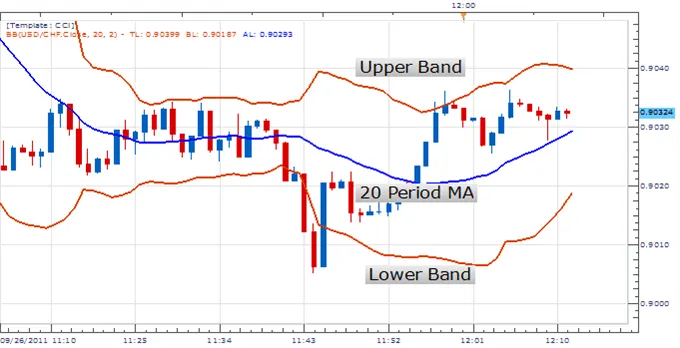Ehlers Stochastic Strategy
By Samantha Baltodano
TL;DR:
The Ehlers Stochastic strategy is a popular tool used by traders to find trading opportunities in the stock market. The strategy was created by John F. Ehlers and is a modified version of the Stochastic oscillator.
The strategy reduces noise in price data, which can make it hard for traders to make decisions. It does this by using a special filter that only lets important parts of the price data through. Traders use the Stochastic oscillator to find out if something is too expensive or too cheap, and the strategy gives signals when to buy or sell based on these levels.
What Is The Ehlers Stochastic Strategy?
The Ehlers' Stochastic strategy is a popular technical analysis tool used by traders and investors to analyze market trends and identify potential trading opportunities. Developed by John F. Ehlers, a renowned mathematician and trader, this strategy is a modified version of the Stochastic oscillator, a popular momentum indicator.
The main objective of Ehlers' Stochastic strategy is to reduce noise in price data, which is a common problem for traders, especially when a chart is plotted for longer time periods.
Noise refers to random fluctuations or irrelevant data in price charts that can make it difficult for traders to identify meaningful market signals.
This strategy reduces noise by applying the Roofing Filter, which is a type of aerospace analog filter that only passes wave components whose cycles are between 10 and 48 bars. This mechanism helps to eliminate noise and spectral dilation in the price data.
You might be asking yourself, “WTF does that mean?” Which is a fair question.
In simpler terms, this filter only lets through certain parts of the price data that are important, making it easier for traders to see what's actually happening in the market.
The Stochastic oscillator calculated by Ehlers' Stochastic strategy is the difference between the Close price and its lowest value on the selected time period, normalized to the difference between the highest and the lowest Close on that period. The period of 10 bars is the default maximum value for a wave cycle to be considered noise, but it can be customized.
If this is another “WTF” moment for you, then think about it this way:
This tool compares the highest price and the lowest price during a certain time period to figure out if the price is going up or down. The Stochastic oscillator looks at ten little time periods at a time, but traders can change that if they want.
Trade Signals
Traders look at Ehlers' Stochastic oscillator to see if something is too expensive (overbought) or too cheap (oversold). There are two ways to use it: conventional and predictive.
In the conventional mode:
- a Buy signal is given when Ehlers' Stochastic crosses above the oversold level,
- and a Sell signal is shown when it crosses below the overbought level.
Conversely, in the predictive mode, crossover directions are inverse:
- a Buy signal is issued when the Stochastic plot crosses below the oversold level,
- and a Sell signal is shown when it crosses above the overbought level.
Calculation
The mathematical formula behind the Ehlers' Stochastic strategy is as follows:
%K = (C - L) / (H - L) * 100
%D = SMA(%K, N)
Where:
C = Closing price
L = Lowest price on the specified period
H = Highest price on the specified period
N = Period of the simple moving average used for %D calculation
–
The Ehlers' Stochastic strategy is a valuable tool for traders and investors who want to analyze market trends and identify potential trading opportunities. Its ability to reduce noise in price data and its predictive mode of analysis make it a popular choice among technical analysts.
However, like all technical analysis tools, it should be used in conjunction with other indicators and market analysis techniques to make informed trading decisions.
Test The Ehlers Stochastic Strategy
Great news!
You can back test this exact strategy on historical data for any of your favorite symbols using TradingView.
This strategy has already been built and all you have to do is log in and take it for a spin. You can access this indicator here.
If you’d like even more options and variations of this indicator, check out all the scripts available for Ehlers Stochastic here.
If you’re new to back testing and to TradingView, don’t worry. I created a step-by-step guide you can follow to begin testing the Ehlers Stochastic Strategy.
Summary
- Ehlers' Stochastic strategy is a technical analysis tool used to analyze market trends and identify potential trading opportunities.
- It aims to reduce noise in price data, which is a common problem for traders, especially when a chart is plotted for longer time periods.
- The strategy achieves this by using the Roofing Filter, a type of aerospace analog filter that only lets through important parts of the price data.
- Traders look at Ehlers' Stochastic oscillator to see if something is too expensive (overbought) or too cheap (oversold). There are two ways to use it: conventional and predictive.
- The mathematical formula behind the Ehlers' Stochastic strategy is %K = (C - L) / (H - L) * 100 and %D = SMA(%K, N).
Ehlers Stochastic is just one of many strategies that Archaide automates. For a full list of strategies and studies available click here.
Like what you read? Check out the rest of our content!




